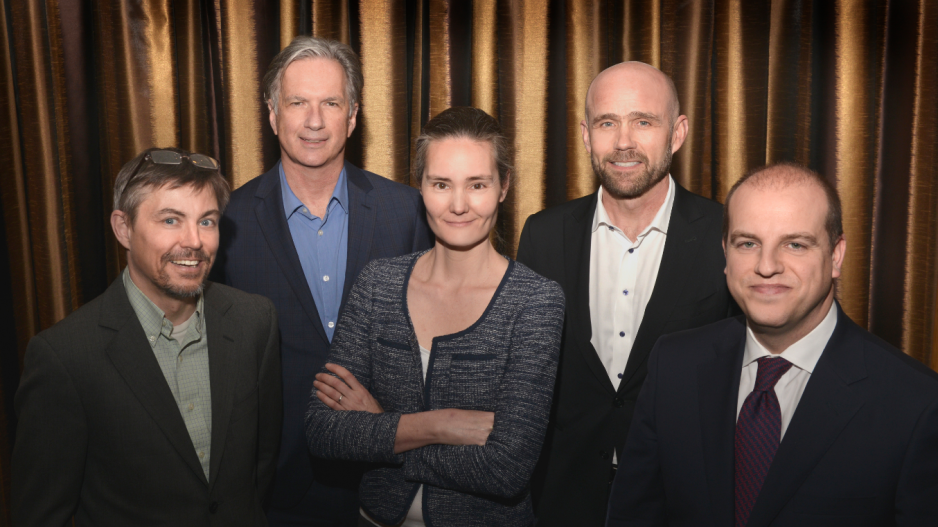Business risks today are growing exponentially.
They include everything from climate change and social media to customer complaint campaigns and shifts in government policy. Industry experts tackled the subject at Business in Vancouver’s April 11 Business Excellence Series event at the Shangri-La Hotel, and there was no shortage of news headlines to draw from.
Facebook CEO Mark Zuckerberg’s testimony before U.S. Congress about his company’s role in the Cambridge Analytica data-mining scandal loomed large over the panel discussion.
Mackenzie Kyle, a managing partner for B.C. Advisory with MNP, said the social media giant appeared to have miscalculated the potential risk on the company’s part.
“[Facebook’s] assessment of risk around privacy and the concerns about that and the public backlash provides an interesting context because what makes them successful is they encourage people to share as much private information as they can. And then there are advertisers who target that to try and sell them stuff. That is what makes them successful, and I wonder if they assessed the risk concerning privacy and decided to act in the way that they did in the hopes that the blowback wouldn’t be so significant.”
Christie Stephenson, the executive director for the Peter P. Dhillon Centre for Business Ethics at the University of British Columbia, said risk assessment arising from social media has caught many businesses off guard. She said the Me Too movement, which started last October, blindsided a lot of companies. However, she noted that the underlying issue of sexual harassment and misconduct within the workplace is nothing new.
“I feel like the amplification of risk through social media [is] more about the mechanism of how that became such a risk so fast. I think the underlying issue is that businesses need to realize there are broad social issues that are risks to their businesses. And now, of course, we hear about it faster and more furious through things like Twitter.”
Gavin Marshall, a partner with Roper Greyell who specializes in labour, employment and workplace human rights, acknowledged that companies are still grappling with the new risks social media create for businesses. He added that an increase in access to information also coincides with an increase in “perceived risks.”
“The sources of risk and the sources of uncertainty that find risk have magnified,” he said. “We’ve seen risks from the human resources front, we’ve seen risk related to changes in the financial environment, we’ve seen risk in the advent of technology and its impact on the workplace. And I think this is one of the things that hits businesses large and small, and that’s the politicization of risk.”
Stephenson added that the speed with which businesses can find themselves in trouble has hit an all-time high. She noted that preparing for risks has also become much harder because there are more unknowns within the marketplace and consumers expect more from the corporate world.
“We’ve obviously seen an enormous escalation of transparency, and that deeply impacts business risks. Things that businesses are doing that might have taken some time to be public information are now instantly risks. So the speed of risks is different, and that is not just people perceiving that or being more fearful. That is just a fact.”
Nick Bozikis, a CPA and CA who specializes in mergers and acquisitions, retail and e-commerce, said the expectations around workplace culture have also grown immensely.
“The bar is much higher now. You often think about vis-a-vis your employees 20 years ago, even 10 years ago, it was really just make sure you give people a taxi voucher at the Christmas party. It was a little more active, if you provide them a drink, give them a ride home. Now I think it’s a lot more passive. Things like, is the policy in place when two employees are interacting together at [an office Christmas party], and is it robust enough to ensure risk management and that policy is up to date for today’s workplace?”




